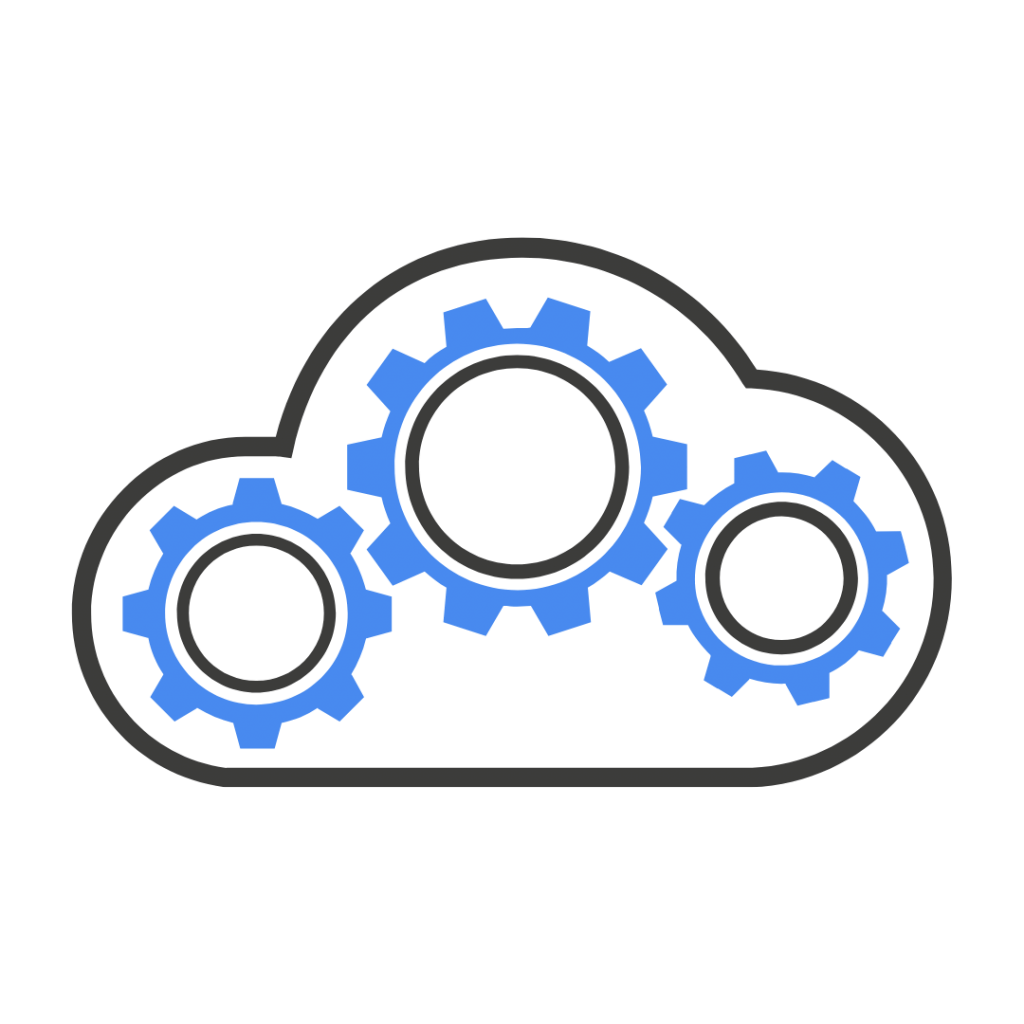Credit underwriting is a crucial yet time-consuming process. Moreover, applicants relying on traditional banking and offline operations and various other online sources for loans find it tedious and daunting. Luckily, lenders can use MCA underwriting software to make the process of screening applicants much easier.
Automated underwriting solutions help you to create an underwriting loan approval workflow requiring gathering data from different underwriting papers.
It allows for easy comparison with third-party information and data from banks, creditors, lenders, and other financial organizations with a perfect analysis report.
Underwriting software helps meet customers’ expectations and allows them to review different financing options on various digital platforms.
What is an Automated Underwriting Solution?
While underwriting helps in the risk assessment of a financial transaction like a bank loan, bond issue, or insurance policy, the advent of FinTech lets you swiftly adopt innovative technology. Moreover, automated underwriting technology helps in risk evaluation and underwriting loans using Automated Underwriting Solution (AUS).
With robust algorithms, automated underwriting helps customers make informed decisions about loan-related decisions rather than relying on human beings.

Automated underwriting significantly mitigates the chances of misinterpretation, and human error, and lowers bias. As a result, the underwriting process gives lenders and borrowers more reliable and swift solutions.
How Automated Underwriting Solutions Work
There are two types of applications that help in running an MCA software with an Automated Underwriting System—Robotic Process Automation (RPA) and Machine Learning (ML). These processes help collect and analyze the client’s financial information.
Then, the software helps to generate recommendations for loan approval or rejection.
It is vital to understand the conditions leading to loan approval or denial. Based on the requirements and data in the input, the automation system can choose to consent to a customer’s mortgage application or submit it to a manual underwriter.
Two Types of Working Mechanisms Comprising Automated Underwriting Software
Pre-application credit underwriting software: This part of the solution works when applicants submit official loans or credit writing applications. Such pre-application credit underwriting provides the intended assistance to the lender for ruling out the risky borrowers and sorting the safe ones.
The data needs to be processed with a fraud detection system (FDS) to search for any discrepancies or inadequate data. This process lets the lenders go for safer options for lending money, where they are most likely to get the money back.
Post-application credit underwriting software: As the name suggests, post-application credit underwriting works after a decision for granting or declining a credit is made for a borrower.
Therefore, there are two phases into which the procedure can be divided:
I
In the first phase, underwriting automation requires application review. There is a need to find out about the previous work experience, applicant’s earnings, and holdings such as their home’s value.
Applicants may need to get education loans, car loans or other debt dues. Financial institutions need evidence of employment, date of birth, and other supporting documents from the borrower.
II
As the initial screening procedure gets completed, underwriters now understand if the borrower has a reasonable potential to pay their instalments for a loan amount that proves profitable for the lenders. I
In addition, the underwriting software can adequately analyze the loan or credit card debt details and determine if the person-in-question can pay the debt. If not, the bank can quickly decline the loan application.
MCA software underwriting vs. Manual Underwriting
MCA software automated underwriting gives many benefits over manual underwriting. Here is how.
- Better Customer Experience
Manual underwriting requires a human approach and is a highly time-consuming operation. Moreover, it does not have a high accuracy or processing speed like automated underwriting. Customers tend to feel flustered if they have to:
- Fill filling lengthy manual forms
- Read through a confusing fine print
- Face inaccuracies and inconsistencies in underwriting
Moreover, the slow turnaround time and lack of product customization with AI-powered underwriting solutions help the companies to offer a unique customer experience for a sales process and establish unique points of interaction with the customers.

On the flip side, automated underwriting solutions lower the complexity of the procedures, thereby letting underwriters focus on the intricacies of customer communication.
Also, lenders must make high efforts to build a long-term retention strategy for tailored client care with highly profitable revenue models. High-profile lenders train their underwriters to carry out more sophisticated duties for complete integration of the platforms bringing the most traffic.
Transparency and Best Practices for Risk Management and Pricing
Manual underwriting requires handling multiple applications for analyzing the parameters. This is an arduous task to manage. Moreover, manual underwriting can be marred with poor quality, procedural errors, and high pricing.
On the other hand, automated underwriting systems use Artificial Intelligence to evaluate the right approach for valuable data points analysis.
With automation, with big data, underwriters get a high level of transparency to cover highly potential risk indicators related to algorithms and customer profiles. AI-driven underwriting automation also gives an insight into specific circumstances. In this way, it implements the best practices to protect underwriters.
Automation Saves Operational Costs
Based on the business areas, the manual underwriting cost may vary between $50-130/hr, multiplied by the headcount. Moreover, manual underwriting requires days or weeks.
On the other hand, automated underwriting is a faster and streamlined process based on self-trained Machine Learning models that can give an output based on system patterns to cover the peculiarities of every process.
This helps insurance and loan businesses lower the time and reduce the additional costs significantly. A Forbes report mentioned that automation saves up to $4 million a year for organizations.
MCA Software Boosts Business Growth
It takes much time to provide manual insurance or loan quotations. But the algorithm in an automated underwriting system allows for faster generation of quotations.
Customers would love to go with the relatively short processing time that is available 24* 7 per convenience.
AI-based underwriting improves profitability by supporting underwriters in delivering lower loss ratios, better turnover and converting rates, and in the end optimizing the resource usage.
Conclusion
Underwriting automation is a highly efficient process that enhances profitability. Also, it lets lenders get their underwriters’ assistance in more complex decision-making tasks.
As a result, underwriters can give quotes to the client in seconds, and in this manner, better utilization of resources happens with improved client cycle efficiency.
Automated underwriting first set its foot in the loan industry, but it has already spread to the banking industry. It is proving to be profitable for individuals and financial agencies.


Leave a Reply